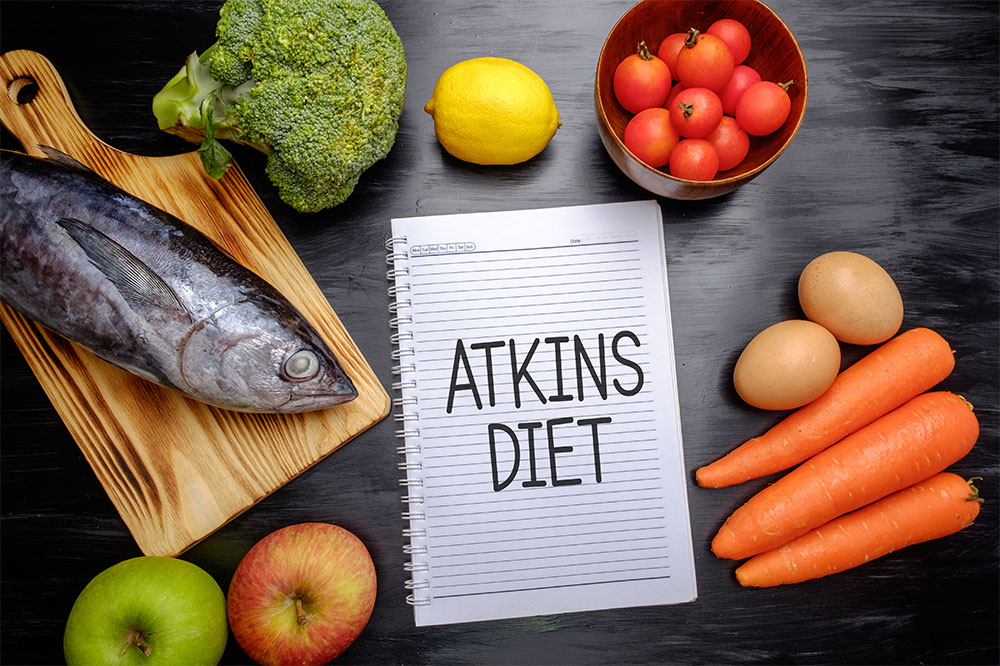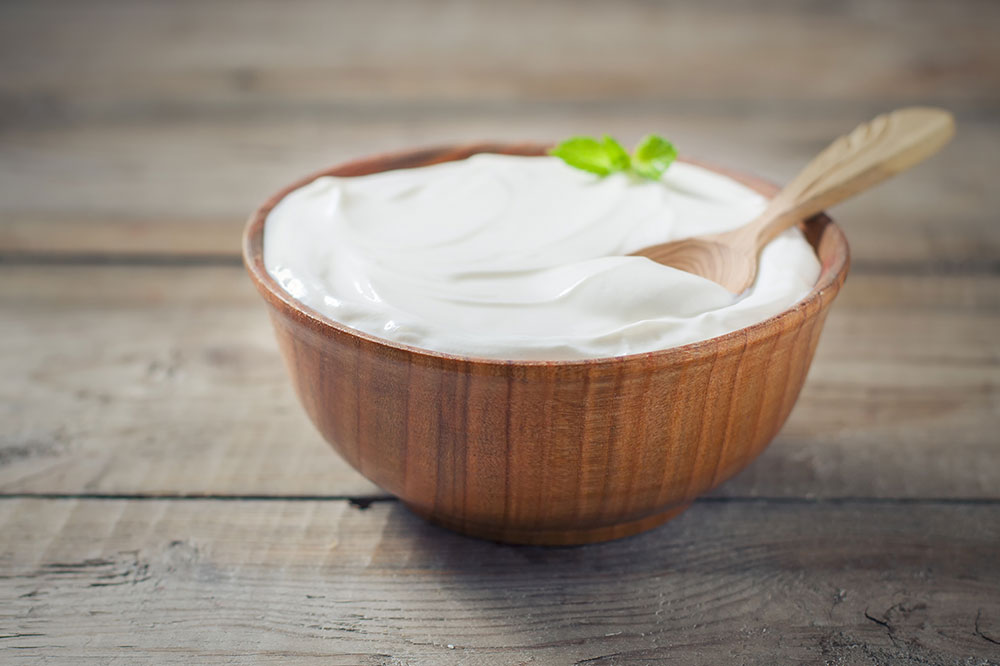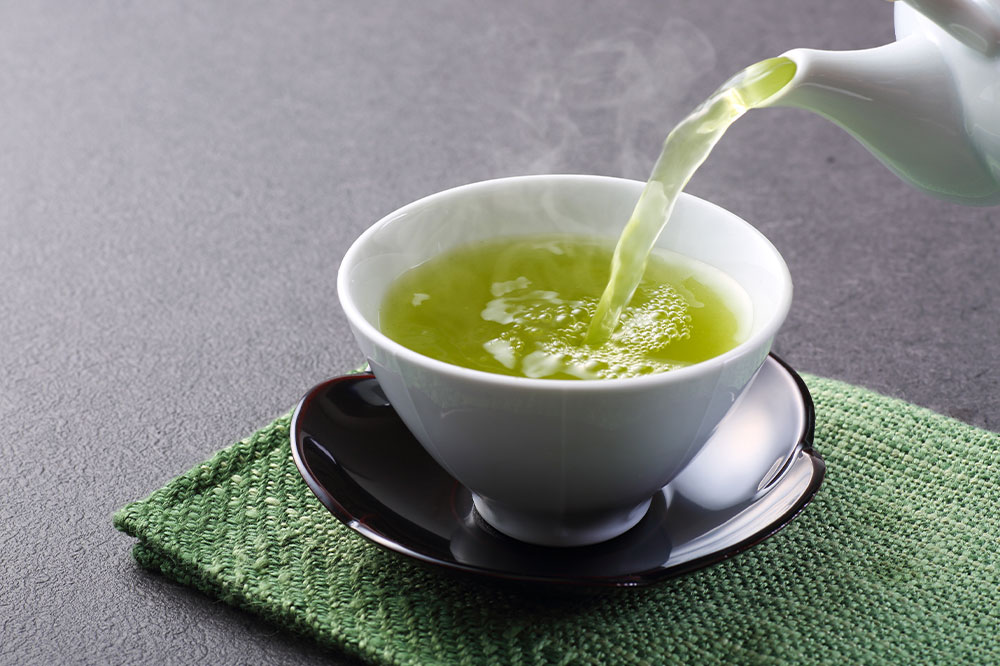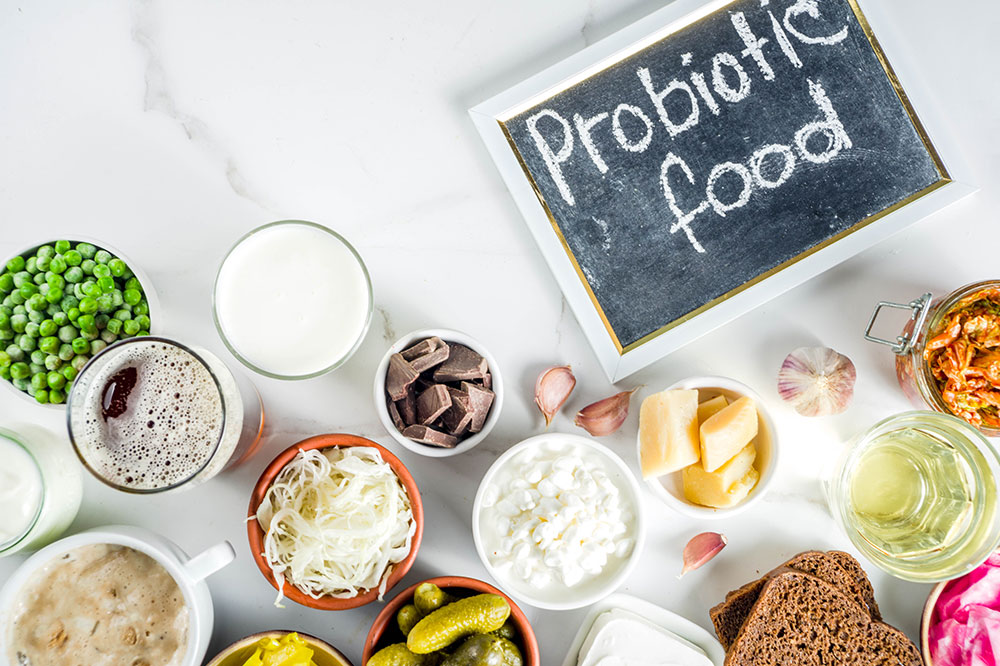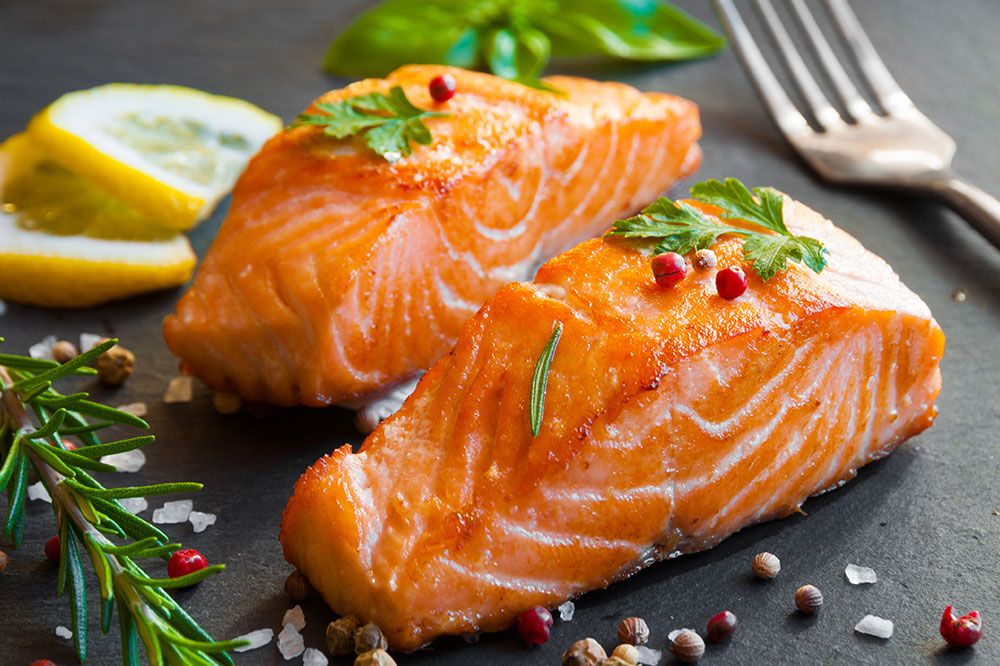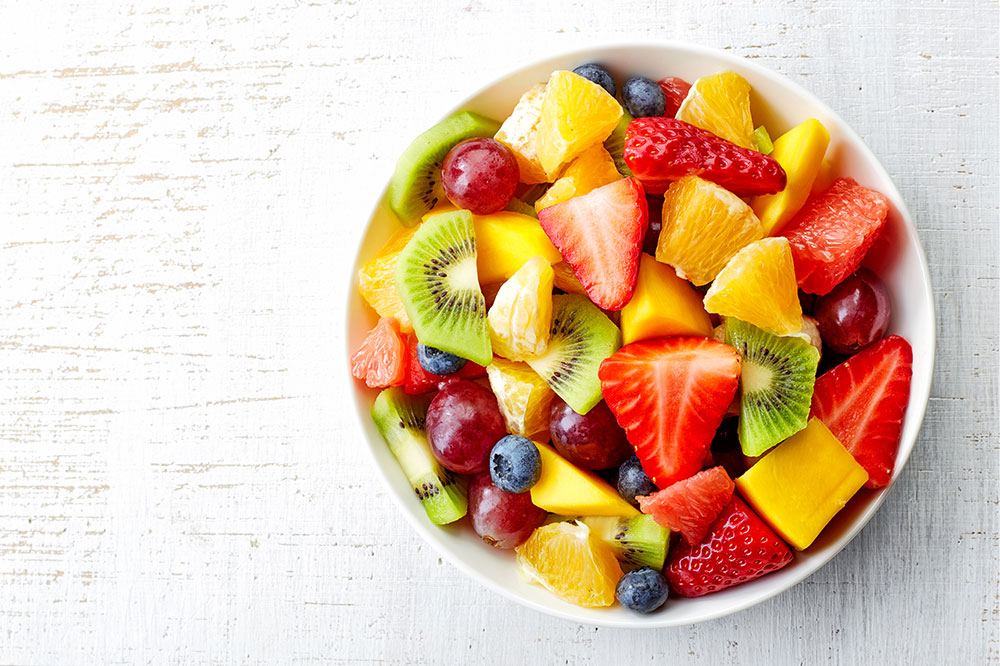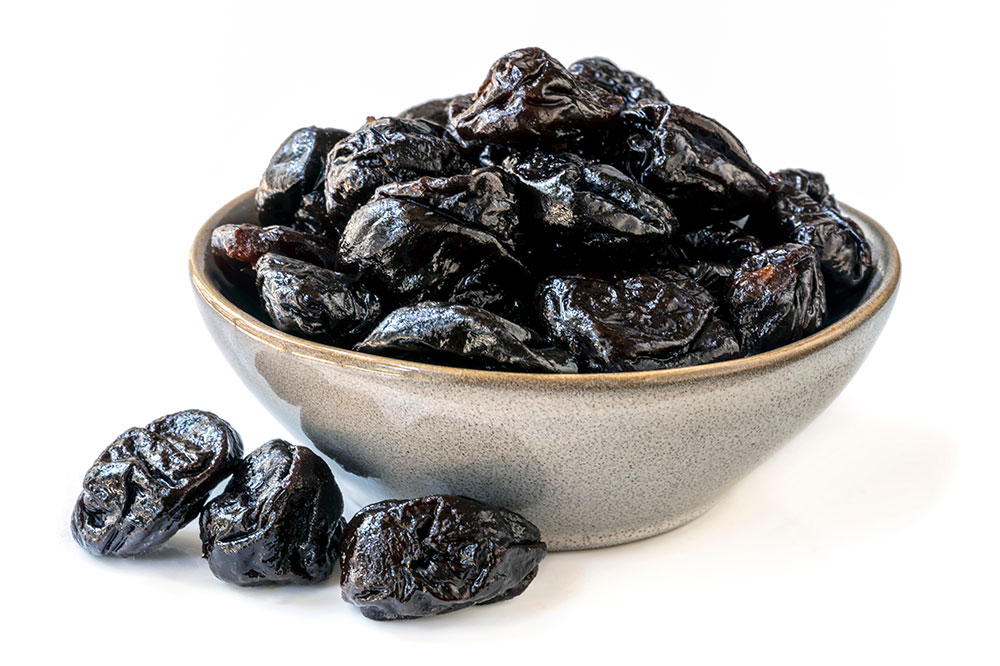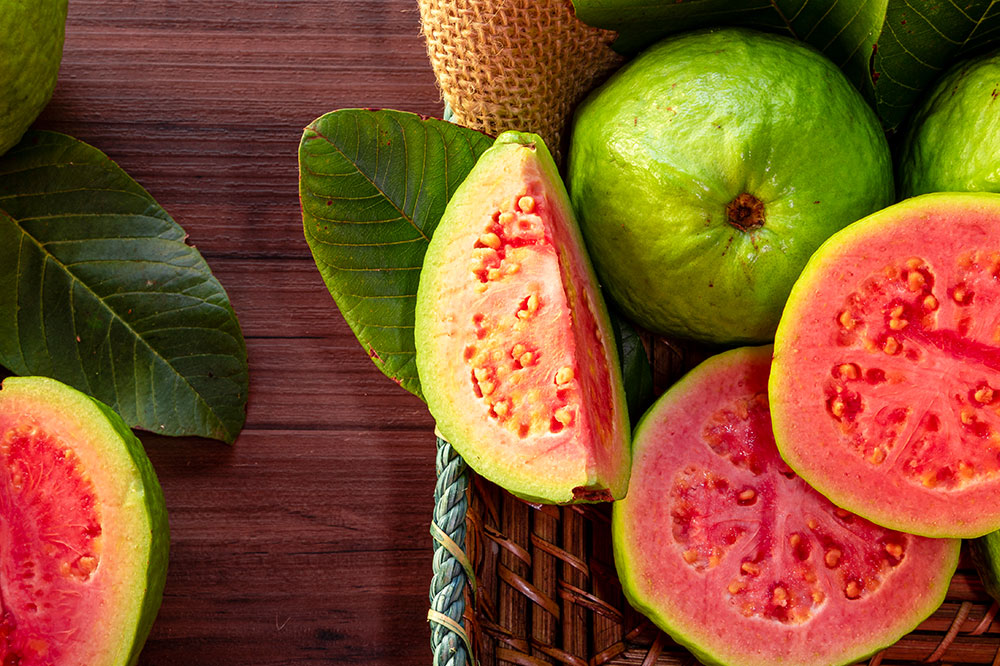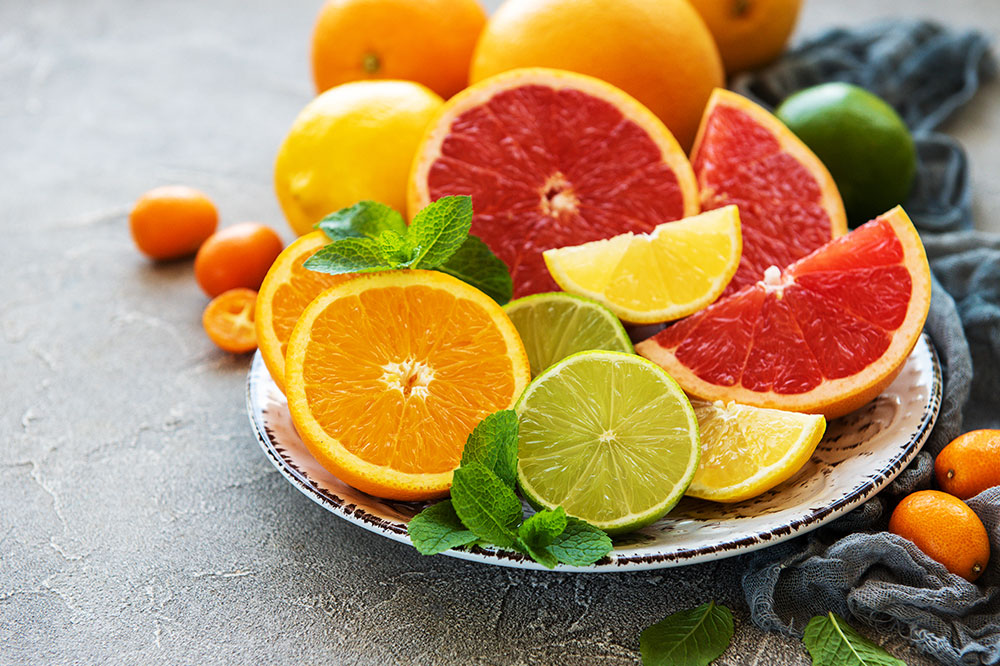Nutrition tips that help manage epilepsy
According to studies, diet can help improve seizure control in people who suffer from epileptic seizures. While these studies have been based on strict diets such as the Ketogenic diet, recent studies have shown that less restrictive diets such as the Low Glycemic Index diet and the modified Atkins diet can also be helpful in managing conditions such as epilepsy. When it comes to diet and dietary habits, they can be very hard to change, especially when a lot of changes are administered at the same time. Also, it is common for one to get all excited about a “new diet” in the beginning, but people tend to lose all that enthusiasm after a while. So, trying to make one change at a time is probably the best, sustainable way to start a diet, especially one that can help them manage certain conditions effectively. Eliminating simple sugars: The very first and important step for following a diet and nutrition tips for living well with epilepsy is to eliminate foods that contain high amounts and concentration of simple sugars. This type of carbohydrates have high glycemic indices, which leads to them being absorbed rapidly by the body. Once one has eliminated these sugary foods completely for more than just a few weeks, they could probably find that one no longer has the desire to eat them at all.
Read More 